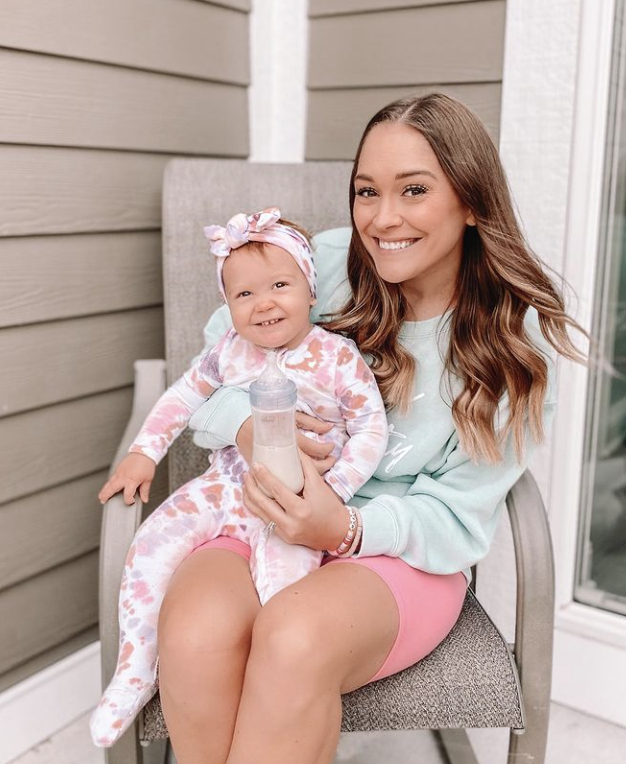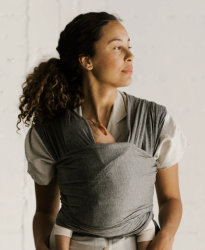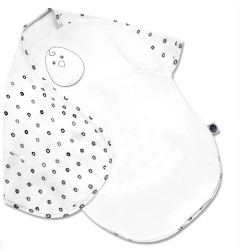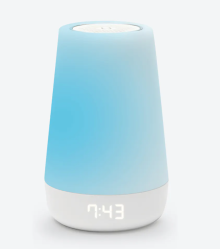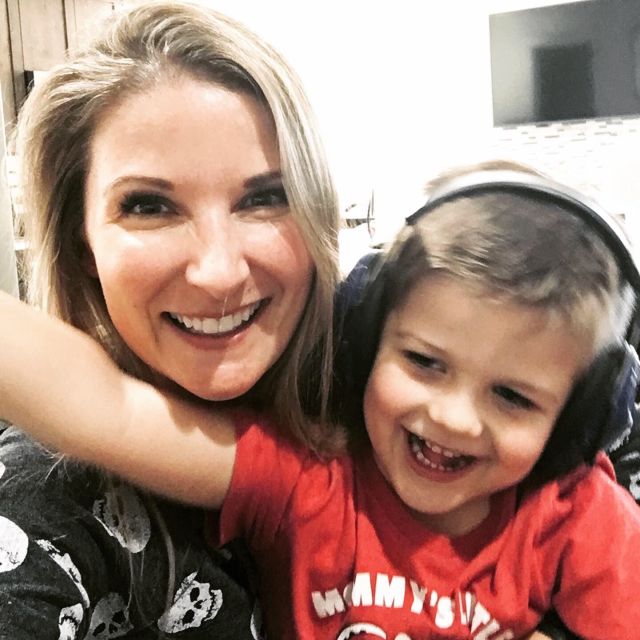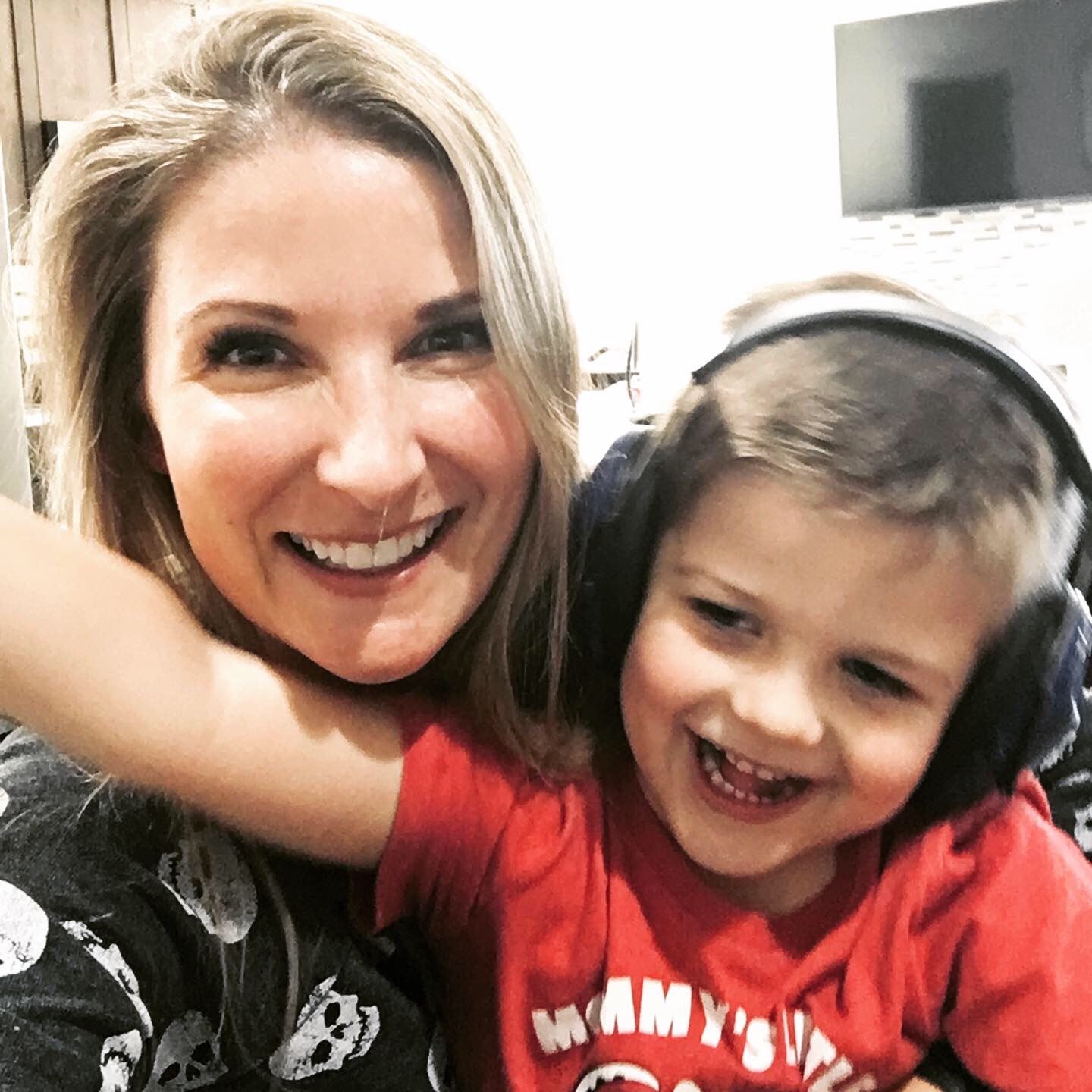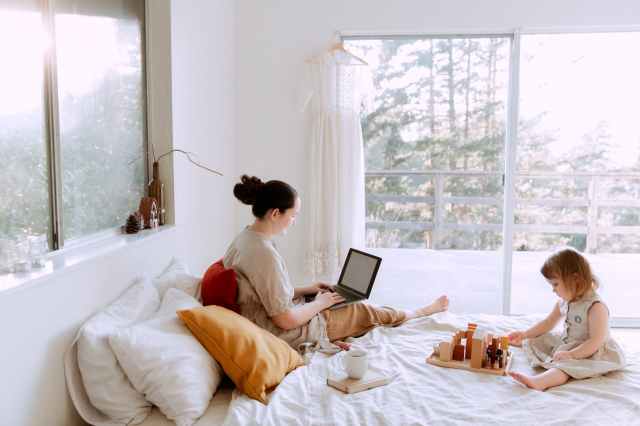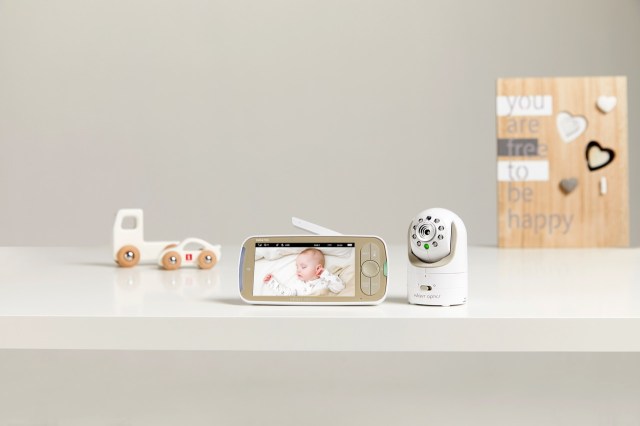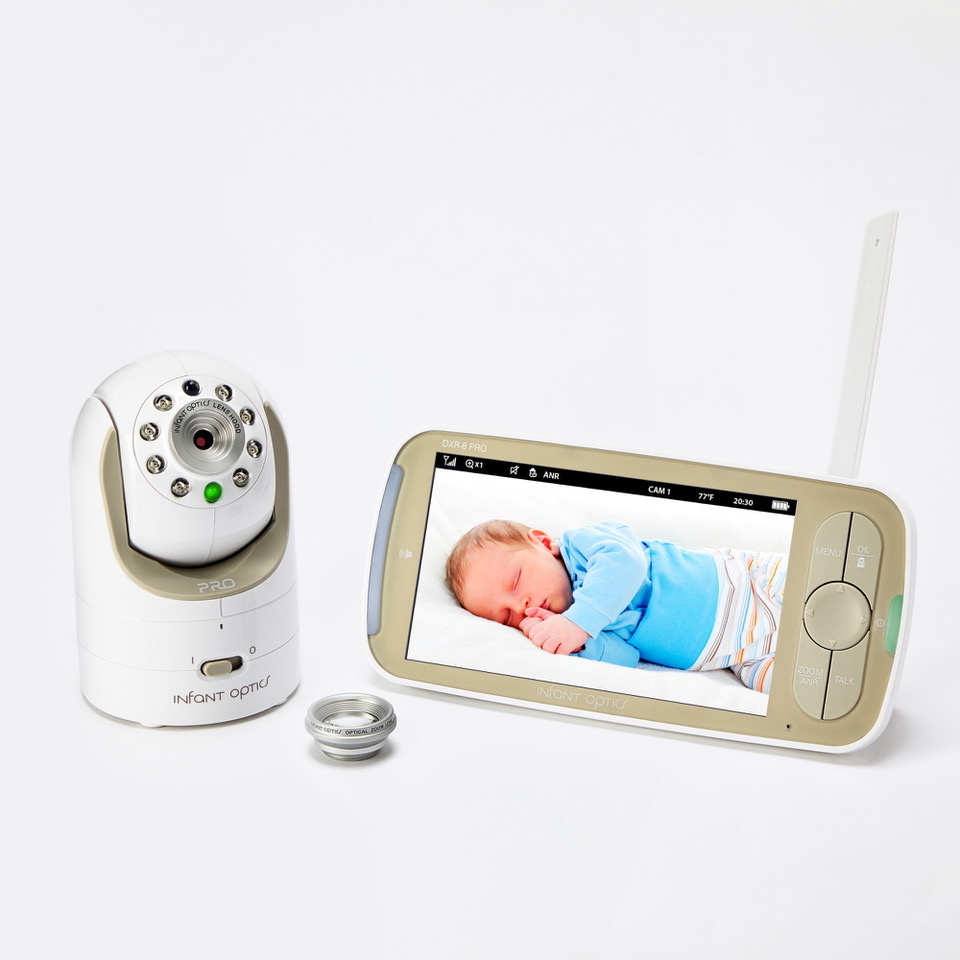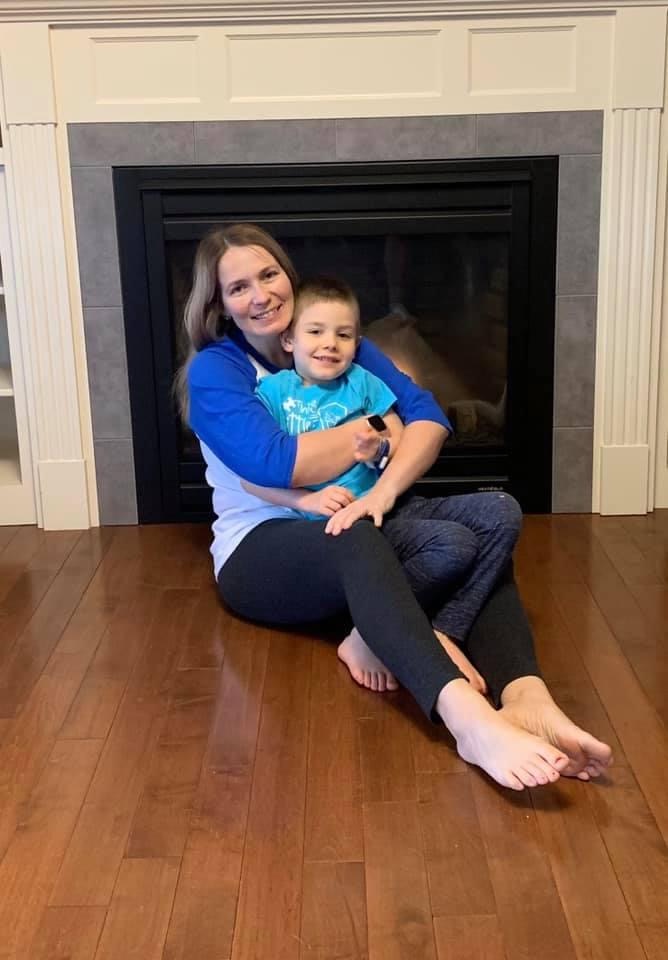
By the time I was seven years old, I had experienced racism. Growing up as a person of color in the 80s and in the small town of Ajax, Ontario, I quickly became aware that I was different. Not only did I feel invisible at school, but also when reading books and watching TV. I never saw myself in the characters, which made me feel that much more unimportant.
I felt ugly—always wishing I could change the way I look—so much so that out of desperation, I tried to bleach my hair blonde with lemon juice. I was 13 years old. I was ashamed and embarrassed about being Iranian and hid a lot of myself. I stayed quiet and tried to blend in as much as I could. I became an extremely shy kid—who turned into an adult with anxiety. That anxiety is amplified because of the color of my skin. I’ve lived in Canada almost my whole life, but I still don’t feel fully welcome.
Art was always my safe place. I’ve been drawing since I could hold a pencil in my chubby hand. My parents were always supportive of my art and I’ve been fortunate to have teachers that encouraged me as well. I don’t know if I would be where I am today without my high school art teacher, Mrs. Doran. In the 10th grade, I had decided to drop my art class to take Spanish. To this day I still don’t understand what I was thinking, as I am terrible at languages! Mrs. Doran found out about my plans and made me march down to the counselor’s office that day to switch the Spanish class back to art. I have never forgotten what she did for me. Art gave me the power to be myself. In a world where big and loud voices are favored, art gave me a voice.
My confidence as an adult has gotten better, but I’m still not completely open or forthcoming with my culture and heritage. I’m always afraid someone is going to label me as a terrorist, just because of where I come from. Often I get asked, “What are you?” I’m a human being… just like you.
Year by year, day by day, I’ve learned to be proud of who I am. And my art has helped me along the way. As an artist, I’ve dedicated myself to spread kindness with my art and to be the voice for all kids and adults who have had to hide themselves in the shadows. And I do that with my books. I illustrate books with the intention of creating characters of color. To shine the spotlight on characters who have never been a hero of a story. And now as a mom of a biracial son, my mission of publishing diverse books is that much more important. I don’t want him to feel as I did growing up. I want him to be proud of who he is and where he came from.
For the first time, I have felt that I am a part of something meaningful and that my contribution, no matter how small, can make the world a kinder place.
Books and art are so much more than just books and art to me. It’s about having a platform for change. It’s about creating something where kids and adults can feel proud of who they are, step out of the shadows and be the bright voice this world needs.
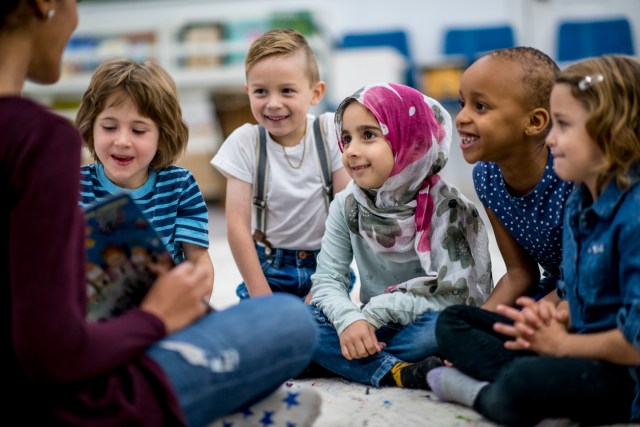







 Photo:
Photo: 

